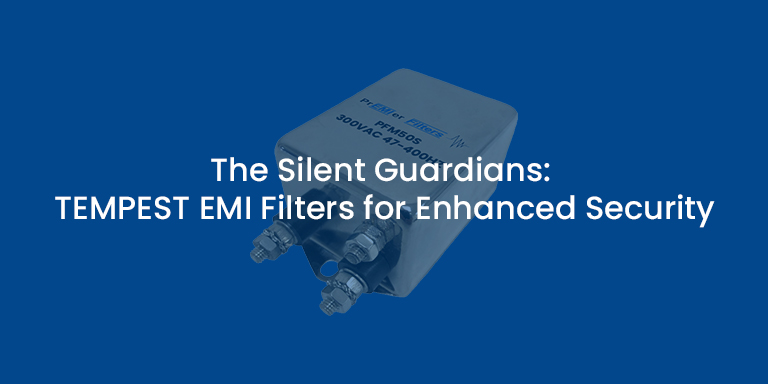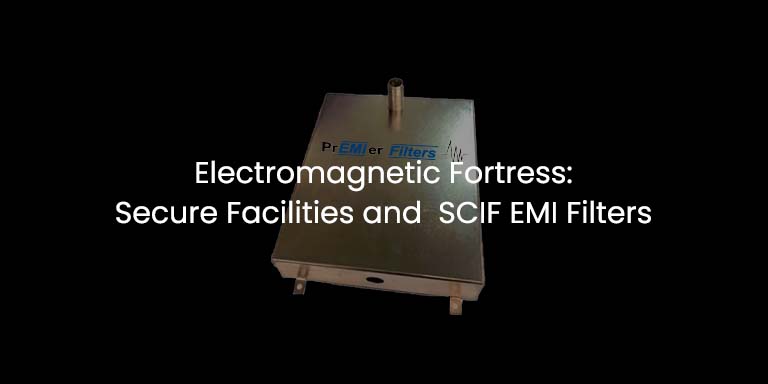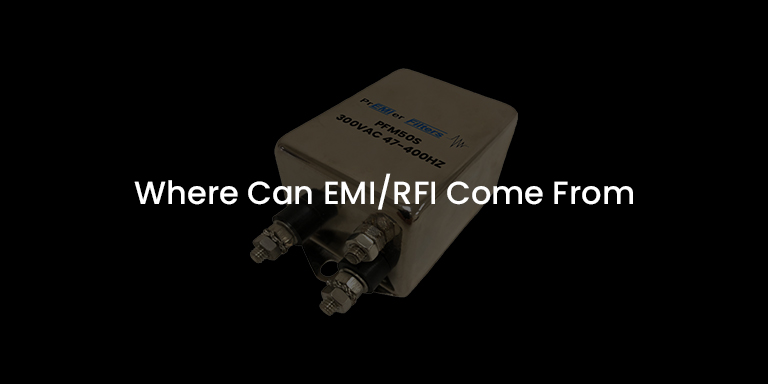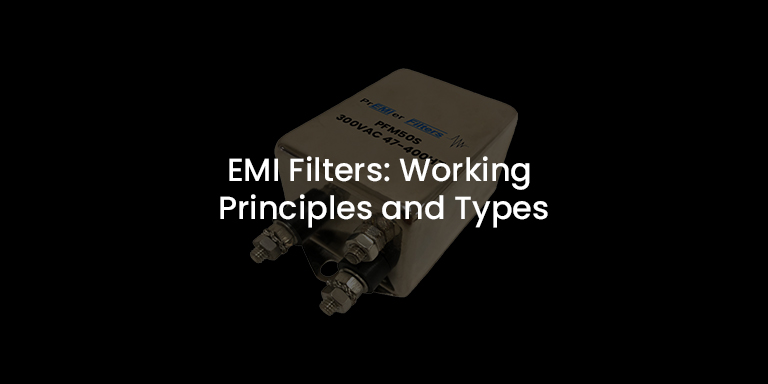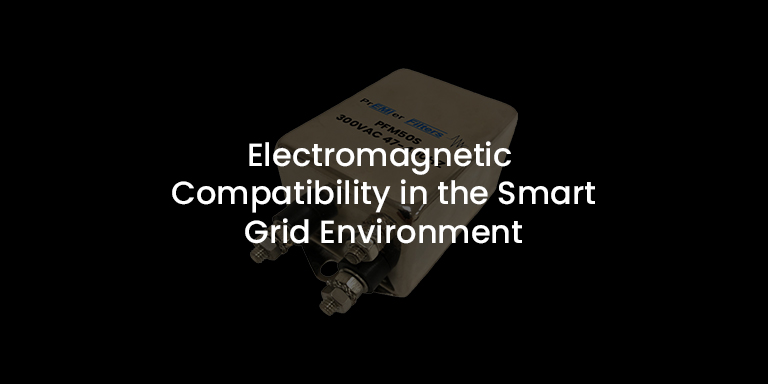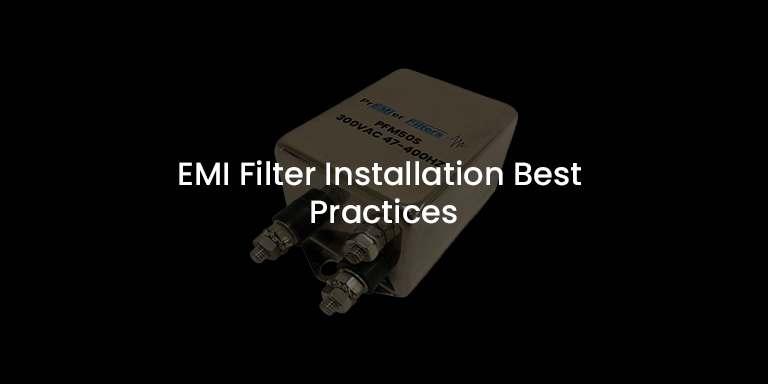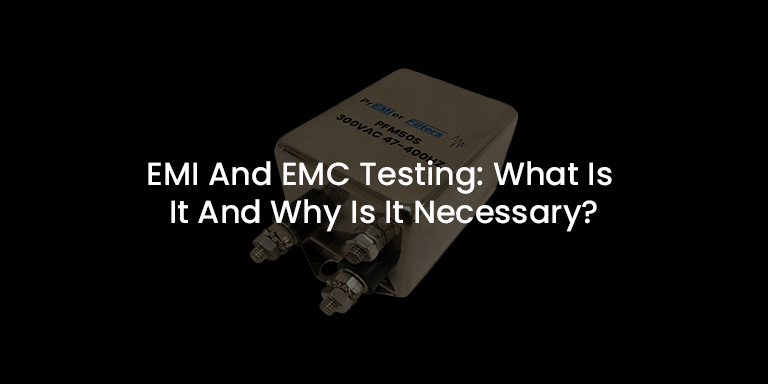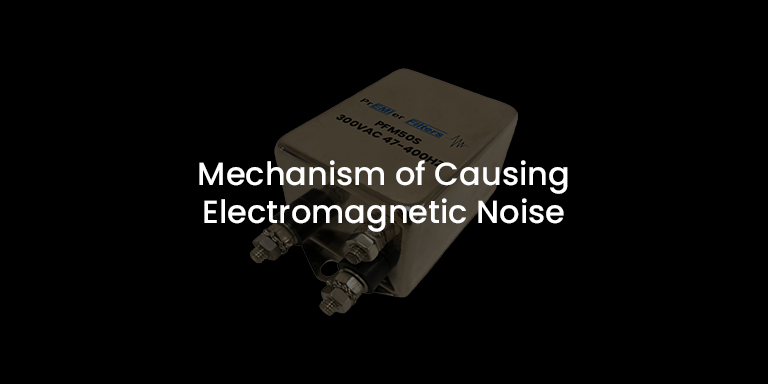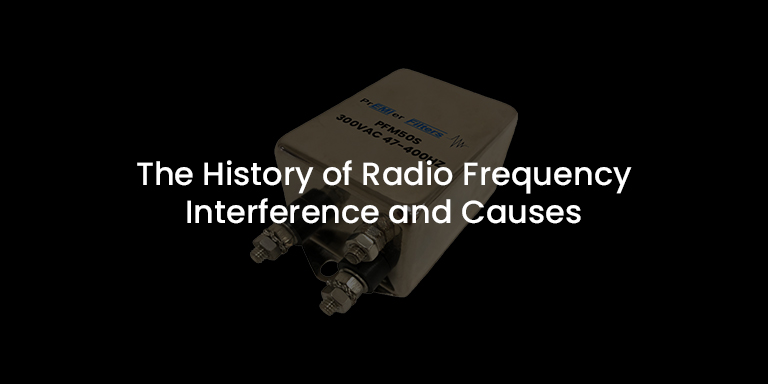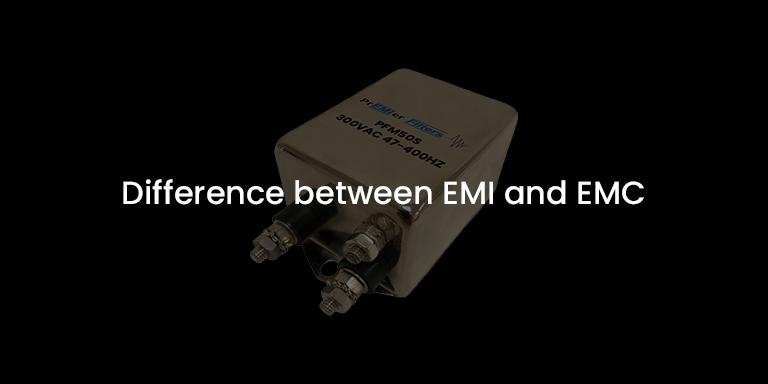What is RF Interference?
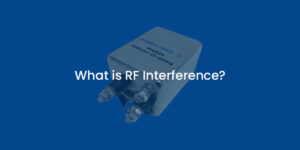

RF Interference (RFI) or EMI (Electromagnetic Interference) is an invisible phenomenom that is all around us. In general, it is created by sharp changes in circuit voltage and current (di/dt, dv/dt). Lines across an older TV when you operate a vacuum cleaner, a blown LED light when the AC turns on, or an AM radio being drowned out when using a treadmill are all examples of RF Interference. RF stands for Radio Frequency and RFI was originally used to describe interference caused by radio transmissions. As electronics and technology have progressed, RFI has been replaced by the broader term EMI.
The issues related to RF interference are increasing daily with the usage of mobile phones and other consumer electronics, residential solar inverters, smart appliances and the continual proliferation of high frequency switching for power conversion. In the design and manufacture of electronic products, RF interference control plays a critical factor in each stage of product development. There are many criteria associated with achieving proper RF interference control in an equipment. Three key factors are shielding, PCB design and filtering.
1. Shielding
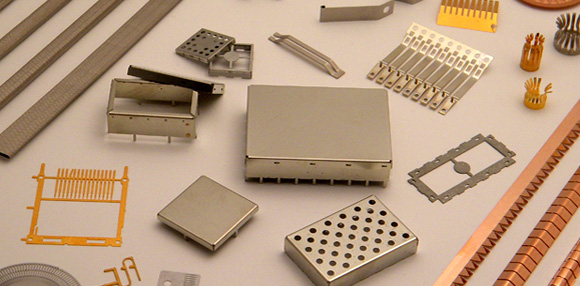
Shielding is the use of metals such as copper, aluminum and steel to contain RF Interference at the equipment level, to shield sensitive circuits or for targeted radiation control. Proper application is needed to achieve the desired performance. Metal to metal bonding, metal type and thickness, ventilation design, cable design, lid/seam design, etc. are all factors that need to be considered. Regarding cable shields, proper termination is critical, with 360 degree terminations being optimal. Depending on frequency, the use of shield drain wires can be used. However, the longer the drain wire, the greater chance of shield degradation.
2. PCB Design
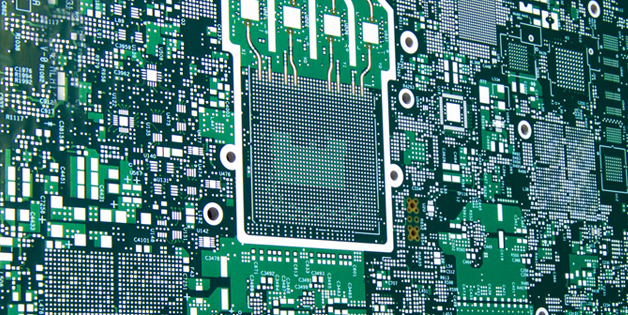
PCB design is critical in controlling radiation from logic and control circuits. Implementation of bypass filtering, circuit loop control and multi-layer boards are just some of the techniques used by designers to control and reduce radiation form logic boards.
3. Filtering
The use of filtering to reduce RF Interference plays a key role in conducted, as well as radiated emission control. Power line filters, cable and I/O filters installed at an equipment’s point of egress are critical to controlling noise from propagating into other electronic equipment. Filter location, case design, bonding, cable routing, etc. are just some of the factors to consider to achieve optimum filter performance.
In summary, RF Interference control and mitigation plays a critical role in equipment design. At Premier Filters, we address all aspects of an equipment’s RFI/EMI design to deliver the right filter at the right price.


